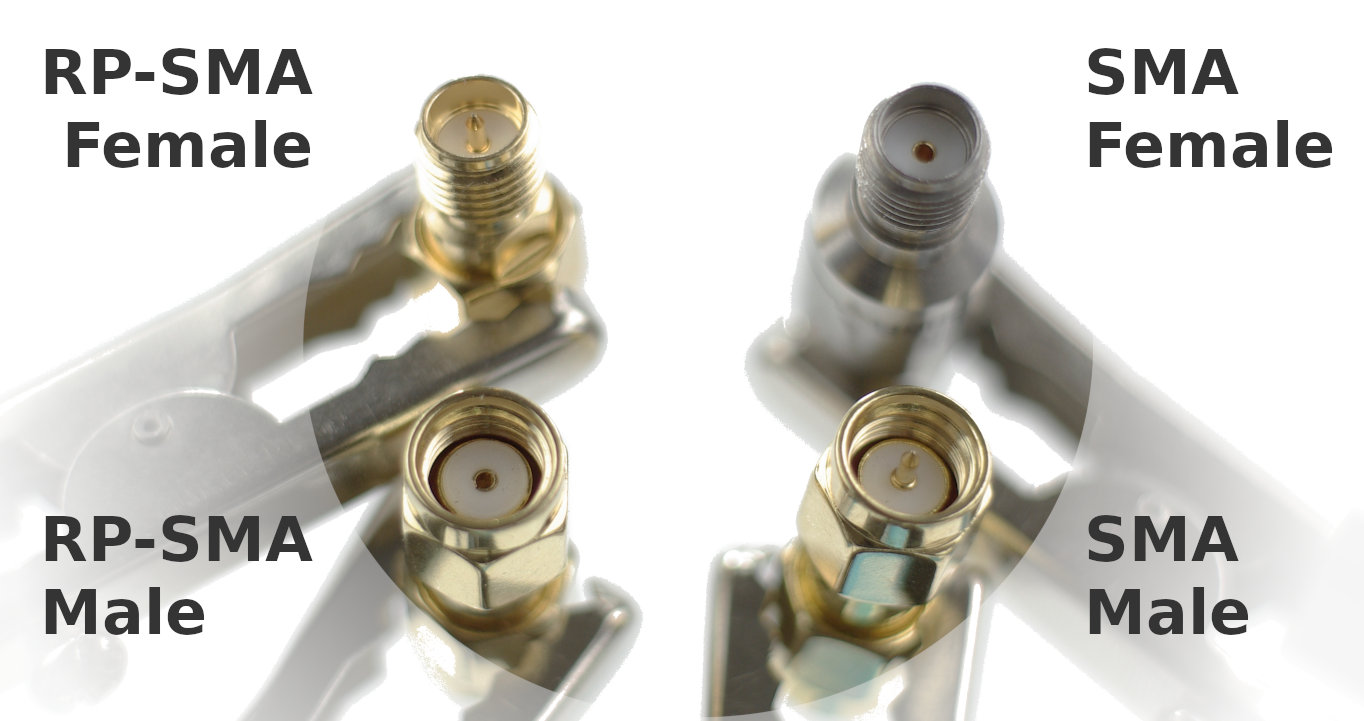The CI/CD lights-Out chamber is composed of a CT840a chamber, a CT523c LANforge and a test-controller[1], that connects to them via serial and Ethernet.
1) A test controller is a Linux system that can be remotely accessed, and does not need LANforge installed.Inside the chamber we have: - a remotely controlled power switch
- a powered USB hub for connecting serial ports of the LANforge and DUT
- a LED lamp
- a USB camera connected to the LANforge machine
- a short table to place above the LANforge for the DUT
- the LANforge machine
- the DUT
Once assembled, this setup can perform a battery of connectivity and traffic tests that do not require a programmable attenuator. Requires LANforge 5.4.2. |

|




































